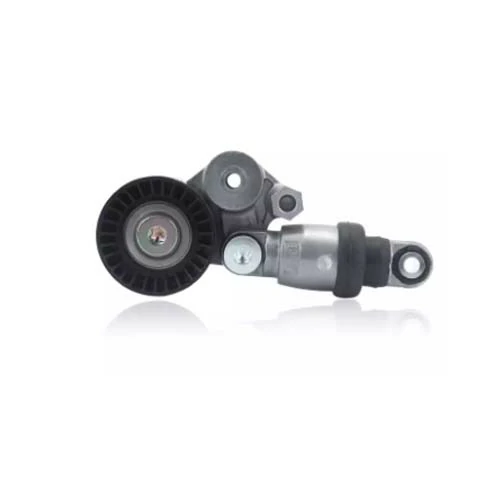There are various signs and symptoms that can indicate the need for replacing a specific auto part.
Here are some common signs to look out for:
Warning Lights: Illumination of warning lights on the dashboard, such as the check engine light, ABS light, or battery light, can indicate issues with the corresponding systems. Diagnostic trouble codes (DTCs) retrieved from the vehicle’s onboard computer can provide more specific information.
Strange Noises: Unusual noises can be a sign of a failing auto part. For example, squealing or grinding sounds during braking may indicate worn brake pads or damaged rotors. Whining or clunking noises while turning can point to problems with the suspension or steering components.
Vibration or Shaking: Excessive vibration or shaking while driving can suggest issues with various parts. It could be related to components like tires, wheels, suspension components, or drivetrain elements. Vibrations from the engine compartment can indicate engine or transmission problems.
Poor Performance: A decline in overall vehicle performance can indicate a failing part. This may include issues like reduced acceleration, poor fuel efficiency, difficulty starting the engine, or rough idling. Problems with the fuel system, ignition system, sensors, or engine components can contribute to poor performance.
Fluid Leaks: Leaking fluids under the vehicle can be a sign of a faulty component. For example, coolant leaks may indicate a failing radiator or hose, while oil leaks can point to issues with gaskets, seals, or the oil pan. Transmission fluid, brake fluid, or power steering fluid leaks should also be addressed promptly.
Overheating: Persistent engine overheating can be a sign of a malfunctioning cooling system. It may indicate problems with the radiator, water pump, thermostat, or cooling fans. Addressing overheating issues promptly can prevent engine damage.
Worn or Damaged Parts: Visual inspection of auto parts may reveal signs of wear, damage, or deterioration. For example, cracked belts, worn brake pads, corroded battery terminals, or damaged hoses are indications that replacement is necessary.
Changes in Handling or Steering: Any sudden changes in the vehicle’s handling, such as pulling to one side, difficulty steering, or excessive play in the steering wheel, may indicate problems with suspension components, the steering system, or wheel alignment.
It’s important to note that these signs are general indications, and a proper diagnosis by a qualified mechanic or technician is recommended to accurately identify the specific faulty part. They can perform diagnostic tests, inspect the vehicle thoroughly, and provide professional advice on the necessary repairs or replacements.
How can I find a qualified mechanic or technician to diagnose and repair my vehicle?
To find a qualified mechanic or technician to diagnose and repair your vehicle, you can consider the following methods:
Recommendations from Family and Friends: Seek recommendations from trusted family members, friends, or colleagues who have had positive experiences with mechanics or auto repair shops. Personal referrals can provide valuable insights into the quality of service and expertise of a mechanic.
Online Reviews and Ratings: Check online review platforms such as Google Reviews, Yelp, or Angie’s List to read reviews and ratings of local auto repair shops or mechanics. china auto part suppliers Pay attention to both positive and negative feedback to get an overall impression of the shop’s reputation and customer satisfaction.
Manufacturer or Dealership Service Centers: Consider taking your vehicle to an authorized dealership service center, especially if your vehicle is still under warranty. Dealership service centers often have technicians who are specifically trained and certified to work on your vehicle’s make and model.
Professional Associations and Certifications: Look for mechanics who are members of professional associations such as the National Institute for Automotive Service Excellence (ASE). ASE-certified technicians have demonstrated their competence in various areas of automotive repair and maintenance.
Online Directories: Utilize online directories and platforms that specialize in connecting vehicle owners with qualified mechanics and auto repair shops. Examples include RepairPal, AutoMD, and the Certified Auto Repair network. These platforms often provide customer reviews, pricing estimates, and information about the certifications and expertise of listed mechanics.
Local Community Forums and Social Media Groups: Engage with local community forums or social media groups dedicated to automotive topics. Seek recommendations from fellow community members who can provide insights based on their personal experiences with mechanics in your area.
Get Multiple Estimates: When you have identified a few potential mechanics or repair shops, consider getting multiple estimates for the required repairs. This will help you compare prices and evaluate the level of service offered by different providers.
Before making a final decision, it’s a good idea to visit the selected repair shop, talk to the mechanic, and ask questions about their experience, qualifications, and warranty policies. Trust your instincts and choose a mechanic or repair shop that inspires confidence and demonstrates professionalism.
